Past kindness or consideration. Past justice. Past satisfaction. Past warmth or cold or comfort. Past love. But past surprise? What an endlessly unfolding tedium life would then become. No, Doris, we must not let you be past surprise.
–Francis Wolcott, Deadwood
With all due respect to Mr. Wolcott’s hard-earned wisdom on the topic of a life past surprise, A Serious Man suggests that the flipside of that coin isn’t such great shakes either: A life of constant surprise is indistinguishable from an endlessly unfolding nightmare. As a matter of fact Larry Gopnik, the lead character–whether he’s the titular character is up for debate–has a few actual nightmares, and for varying lengths of time before their resolution you can’t even tell that that’s what they are.
The suburban ’60s Minneapolis the Coen Brothers construct here is an inferno of monstrous self-absorption, obliviousness, and unreasonableness, but rigorously curated so not a whiff of outright parody or condescension can be detected. There’s no out to be found there–these cluttered offices, treeless streets, and hazy screen doors, these nasty neighbors, shrill children, hateful loved ones, and pompous clergymen are crushingly familiar, even if we’re simply seeing their worst excised from the rest of their existence and paraded before us as they buffet Larry to the brink.
Moreover, their world is utterly in thrall to authority, but those authority figures are no recourse. They’re inscrutable, often incommunicado, as likely to blow you off or keel over and die on you as to offer you a glimmer of hope. It’s a world where, as Larry’s dream self points out, he makes a living teaching students that while they can never hope to really know anything, they’ll be responsible for it on tests. It’s a world where a St. Olaf-ian bubbe meise told by a rabbi who can barely be bothered to deliver the punchline is soundtracked by Jimi Hendrix’s single most direct response to the senseless slaughter of Vietnam. So thoroughly lapsed a Catholic am I that I didn’t pick up on the parallels of Larry’s plight with that of Job until deep into the film, but Larry has it worse: Job, at least, could talk to God Himself, but Larry gets saddled with the junior rabbi.
Speaking of rabbis–and we ought to; all three get Tarantino-style title cards, for crying out loud–this is the Coens’ “Jewish movie,” even moreso than Barton Fink. In part this just gives them some rich adolescent nightmare fuel to feed upon, from Hebrew school to bar mitzvahs. (Even a goy like me nearly experienced PTSD during that scene.) But it also enables them to show ethnicity and religion as utterly oppressive. And I mean that in the sense of weight: These characters and images seem to creak and groan beneath the weight of the accumulated centuries of culture–both the internal culture of tradition and the external culture of hatred and stereoytping–that gave them birth, stirring something close to terror at unfathomable roots. This to me is the source of the horror in the film’s opening sequence–not just the visitor’s potentially supernatural origin, but his age, the sense that behind his snowy beard and dry cackle lie the accumulated ages, for good or ill. I know that “self-hatred” is a particularly loaded and even loathsome term with very specific sociopolitical baggage among Jews, so I want to be clear that’s not what I mean–I mean the sense you can get that when it comes to certain individuals of your acquaintance, most particularly yourself and the people you care about, the ancient and fabled foibles of your people are realer than you’d care to admit. I’m Irish, I’ve felt it. Yes, the film’s single most well-meaning and charitably depicted character, the woman with whom Larry shares a seemingly heartfelt heart-to-heart at the beach, seems to have taken genuine comfort in her faith–but the same God who comforts her crippled her.
With that in mind it’s worth pointing out that the film tells two parallel stories itself–those of Larry and his stoner son Danny. At first, clever editing leads us to believe they’re the same story, one a flashback for the other. And though for a long time Danny seems like his father in miniature, unlike him in that he’s unserious to a fault but like him in that life has him in just over his head, his story appears to be headed for a happy ending. He pulls off his transition to manhood while apocalyptically baked (thanks in part to a glance at the sultry Mrs. Samsky, a rare ray of sunshine for Larry as well (and, thanks to a lifelong case of whatever the reverse of shiksappeal is, for me too)), and he receives a life-saving gift and words of true wisdom across a chasm of generations from the head rabbi in charge. But while the closing image of his story is more open-ended than that of Larry’s, it’s still frightening–awesome, in the original sense. Just when he’s about to say what he needs to say to set everything right, something aw(e)ful knocks the words right out of his mouth. And as we’ve learned from Larry, God will never answer out of the whirlwind. Surprise.
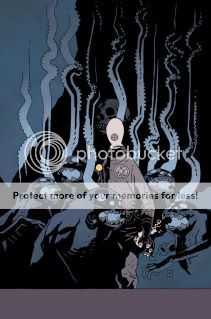



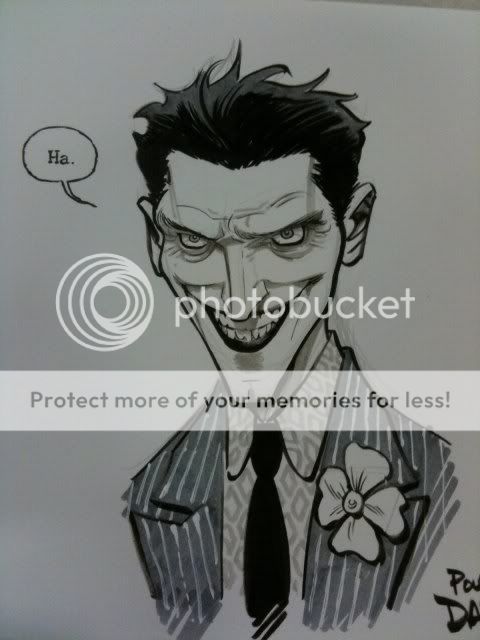


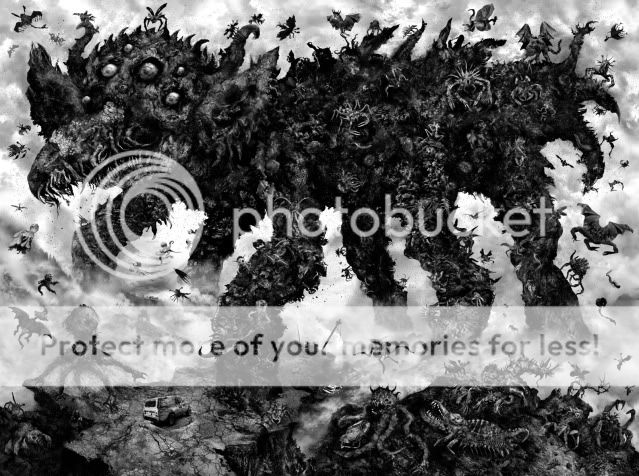
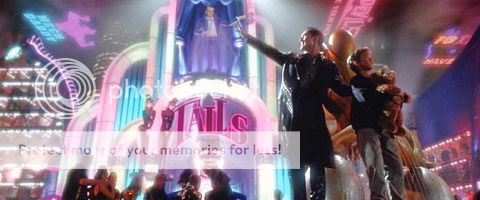

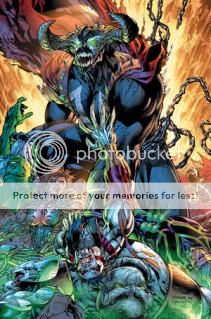
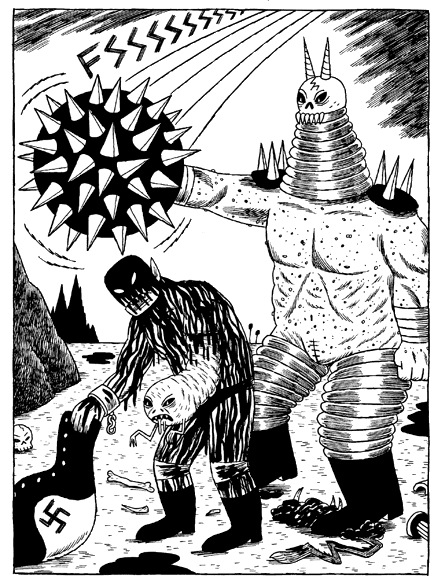





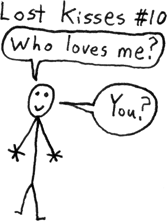 Just a Man #1, Lost Kisses #9-10, Worms #4, and XO #5
Just a Man #1, Lost Kisses #9-10, Worms #4, and XO #5